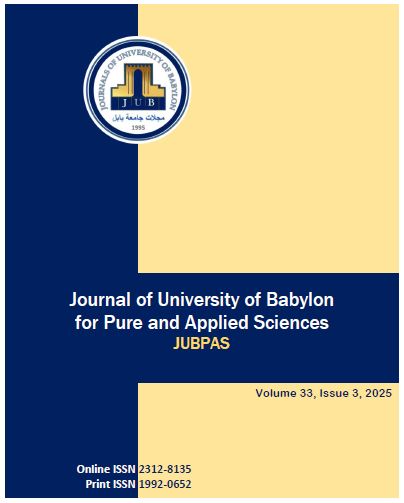Detection of Extended-Spectrum β-Lactamase Producing Escherichia coli and Klebsiella pneumoniae in Urinary Tract Infection in Selected Baghdad Hospitals
Main Article Content
Abstract
Background
Urinary tract infections (UTIs) represent a significant portion of bacterial infections in clinical practice, and their complexity has recently been exacerbated by the emergence of antibiotic-resistant pathogens. The production of extended-spectrum β-lactamases (ESBLs) is a common resistance mechanism, reducing the effectiveness of first-line antibiotics and posing a significant challenge to infection management in hospitals and communities, particularly in developing regions.
Objective
This study aimed to determine the frequency of extended-spectrum beta-lactamase-producing Escherichia coli and Klebsiella pneumoniae causing urinary tract infections and evaluate the antimicrobial susceptibility patterns of these pathogens.
Methods
Results
Of the 224 isolates, 182 (81.25%) were Escherichia coli and 42 (18.75%) were Klebsiella pneumoniae. Among the ESBL producers, 105 (57.69%) were E. coli, and 12 (28.57%) were K. pneumoniae isolates. Resistance of these isolates was significantly high to cephalosporins and penicillin derivatives, whereas most isolates remained sensitive to amikacin and imipenem. There were no significant associations between enzyme production and patient age or sex, but differences in resistance profiles between species and enzyme production status were recorded.
Conclusion
The study demonstrates a high prevalence of extended-spectrum β-lactamase-producing bacteria in UTIs, particularly among E. coli isolates. These bacteria exhibit alarming resistance to common antibiotics, necessitating routine screening and cautious use of antibiotics to prevent the spread of resistance.
Article Details
Issue
Section

This work is licensed under a Creative Commons Attribution 4.0 International License.
